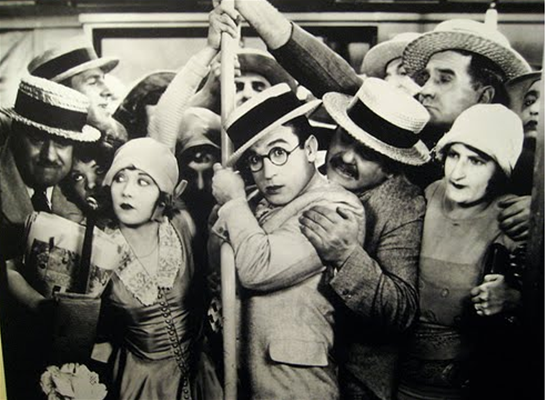Top line: Psychologists have long recognised the potentially detrimental effect of the commute. Most studies of the commute and stress find that active travel, followed by public transport use are the least stressful modes and that active travel is often reported as a positive experience in terms of stress management.
Research suggests that for many people happiness is being able to make the routines of everyday life work, such that positive feelings dominate over negative feelings resulting from daily hassles. Given the importance of the commute for many working age adults the stressfulness or otherwise of this routine behaviour has been the subject of a number of research studies. Across the developed world the results indicate that active travellers tend to be less dissatisfied with their commute,1 if not actually to enjoy the journey. Car commuters find their journey more stressful than other mode users. The main sources of this stress appear to be delays and other road users. Users of public transport also “complain” about delays; however, this results in stress as well as boredom. Walking and cycling journeys are the most relaxing and exciting and therefore seem the most optimum form of travel from an affective perspective.2 Explanatory factors include desirable physical exercise from walking and biking, as well as that short commutes provide a buffer between the work and private spheres. Negative feelings during the work commute increases with the length of the commute. 3
A US study looked at the commute by car or train in New York.4 Train commuting was reported to be less stressful and created less negative mood than commuting by car. Part of the reason why commuting by car is more stressful than by train is because car drivers experience the commute as requiring more effort and being more unpredictable than train travellers reported for their journeys. Contrary to expectation, however, both train and car modes have similar, relatively high levels of perceived control. Results were found even though both car and train commuters used the commuting mode of their own choice.
Previous research has also addressed the association between stress and crash involvement among car drivers.5 Research suggests that interventions may need to be developed to increase driver awareness of the dangers of excessive emotional responses to both driving events and daily hassles (e.g. driving fast to „blow off steam‟ after an argument).6 There is, however, little research in the road safety literature which identifies changing travel mode as a way of addressing driver stress.
1 Paez, A., Whalen, K. 2010 Enjoyment of commute: A comparison of different transportation modes, Transportation Part A: Policy and Practice: 44(7): 537–549.
2 Gatersleben, B., Uzzle, D. 2007 Affective Appraisals of the Daily Commute. Comparing Perceptions of Drivers, Cyclists, Walkers, and Users of Public Transport, Environment and Behaviour, 39(3): 416-431.
3 Olsson, et al, 2013 Happiness and Satisfaction with Work Commute, Social Indicators Research, 111:255–263.
4 Wener, R., Evans, G. 2011 Comparing stress of car & train commuters, Transportation Research Part F, 14: 111-116. 5 Eg Legree, P., Heffner, T., Psotka, J., Martin, D., Medsker, G. 2003 Traffic crash involvement: experiential driving knowledge and stressful contextual antecedents, Journal of Applied Psychology, 88 (1): 15–26.
6 Rowden, P. et al 2011 The relative impact of work-related stress, life stress and driving environment stress on driving outcomes, Accident Analysis and Prevention, 43(4): 1332–1340.

